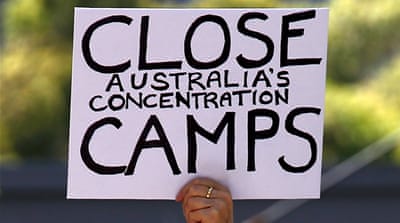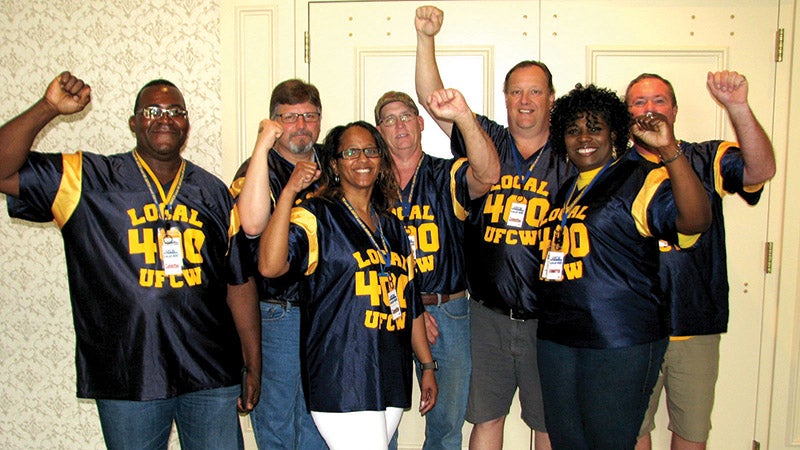
Nauru
Why does Australia hate pregnant women asylum seekers? August began with a report that three pregnant women asylum seekers on Nauru had applied for termination of their pregnancies and were being denied medical transfer. This denial of medical transfer is typical on Nauru. An additional 50 asylum seekers who need medical care that they cannot receive on the island have also been denied medical transfer. This week, to close August off, 100 asylum seekers currently in Australia have been informed that they are about to lose … everything. Money, housing, the works. On Monday, August 28, about 40 men and women met with immigration officials and were informed of the new regime. Among the women are pregnant women and women who had come to Australia for treatment after having been sexually assaulted on Nauru. Meanwhile, the Immigration Minister thinks that the attorneys who represent asylum seekers, and in particular those in medical distress, are “unAustralian”. UnAustralian. What is the opposite of a commonwealth? Australia.
Yasaman Bagheri is 19 years old. She is from Iran. She has been detained on Nauru since she was 15 years old, and harsh living conditions and bleak prospects for the future are causing her to lose all hope: “They don’t care about people. They are willing to sacrifice innocent people, women and children to make their political point.” Why has this girl-child, now a young woman, been held in such dire and inhumane circumstances? No doubt because she is unAustralian.
The Australian medical profession’s position on those seeking medical care is clear. They must be transferred to Australia, immediately. Australian Medical Association President, and obstetrician, Dr Michael Gannon explained, “The ethical principles are very clear. People seeking the protection of the Australian government are entitled to healthcare standards the same as Australian citizens. So, that’s a matter of ethics and that’s a matter of law … I am not an immigration expert. But I like to think I am expert in medical ethics and I’ve stated our position very clearly as to the health standard that is we would expect.” Royal Australasian College of Physicians President Dr Catherine Yelland agreed, “We are very concerned by reports that asylum seekers are being refused medical transfers to hospitals in Australia where they would be able to get the care they need. The Australian government has a responsibility to ensure people in detention have access to the same level of care in Australian hospitals. It’s abundantly clear that they can’t receive the quality healthcare they need in these facilities. Doctors’ advice in these instances must be followed. We’ve too often seen the tragic outcomes that can occur when this advice is ignored.”
Australia recently changed the process for medical transfer from Nauru to Australia, and Nauru staff claim that this change, which requires going through Nauru hospital’s overseas medical referral committee, has meant no transfers. The committee seldom meets, keeps no records, and is altogether unreliable. The one Nauru hospital is a small operation. Nauruan women with complicated pregnancies are usually sent to Australia, Fiji or Singapore. Furthermore, Nauru prohibits abortions. The new medical non-transfer policy is a catastrophe generally, and it is an explicit assault on women, on women’s bodies.
Why does Australia hate pregnant women asylum seekers? Earlier this month, New York Times columnist Roger Cohen offered an answer, “Australia has reduced the men, women and children on the islands to namelessness, referring to them by registration numbers. Asked their names, kids often give a number. It’s all they know. At least the digits are not tattooed.” At least the digits are not tattooed … yet.

(Photo Credit 1: The Guardian) (Photo Credit 2: Al Jazeera)








